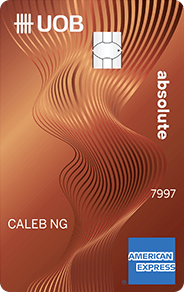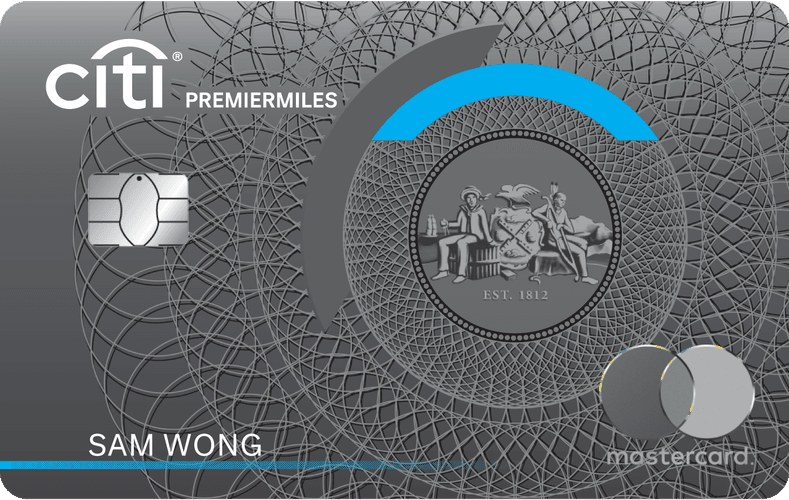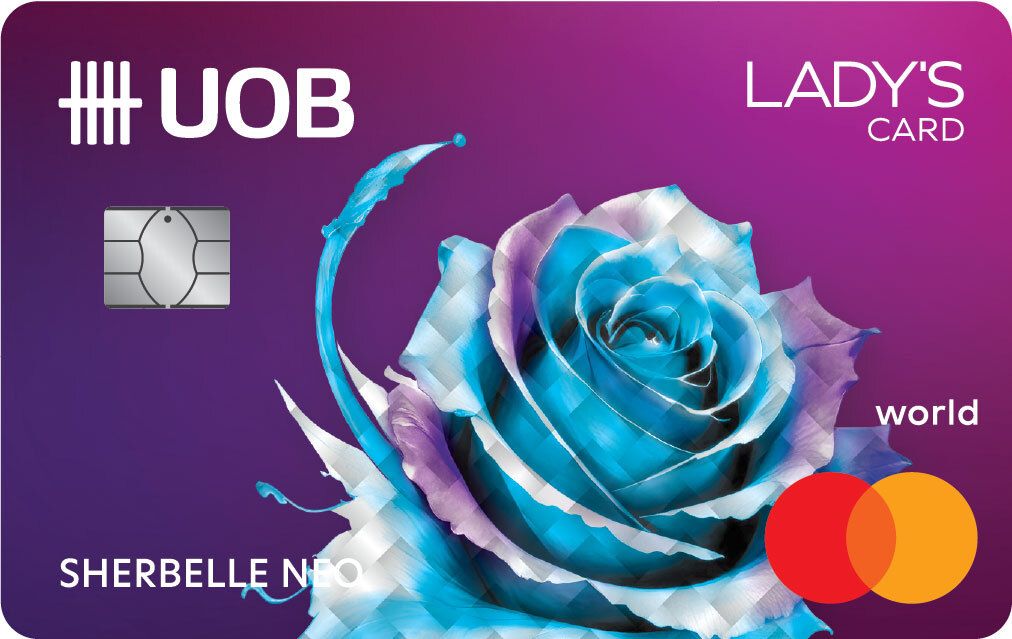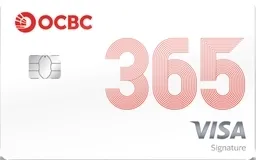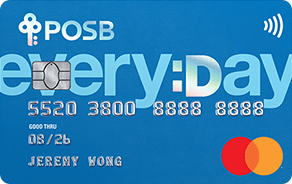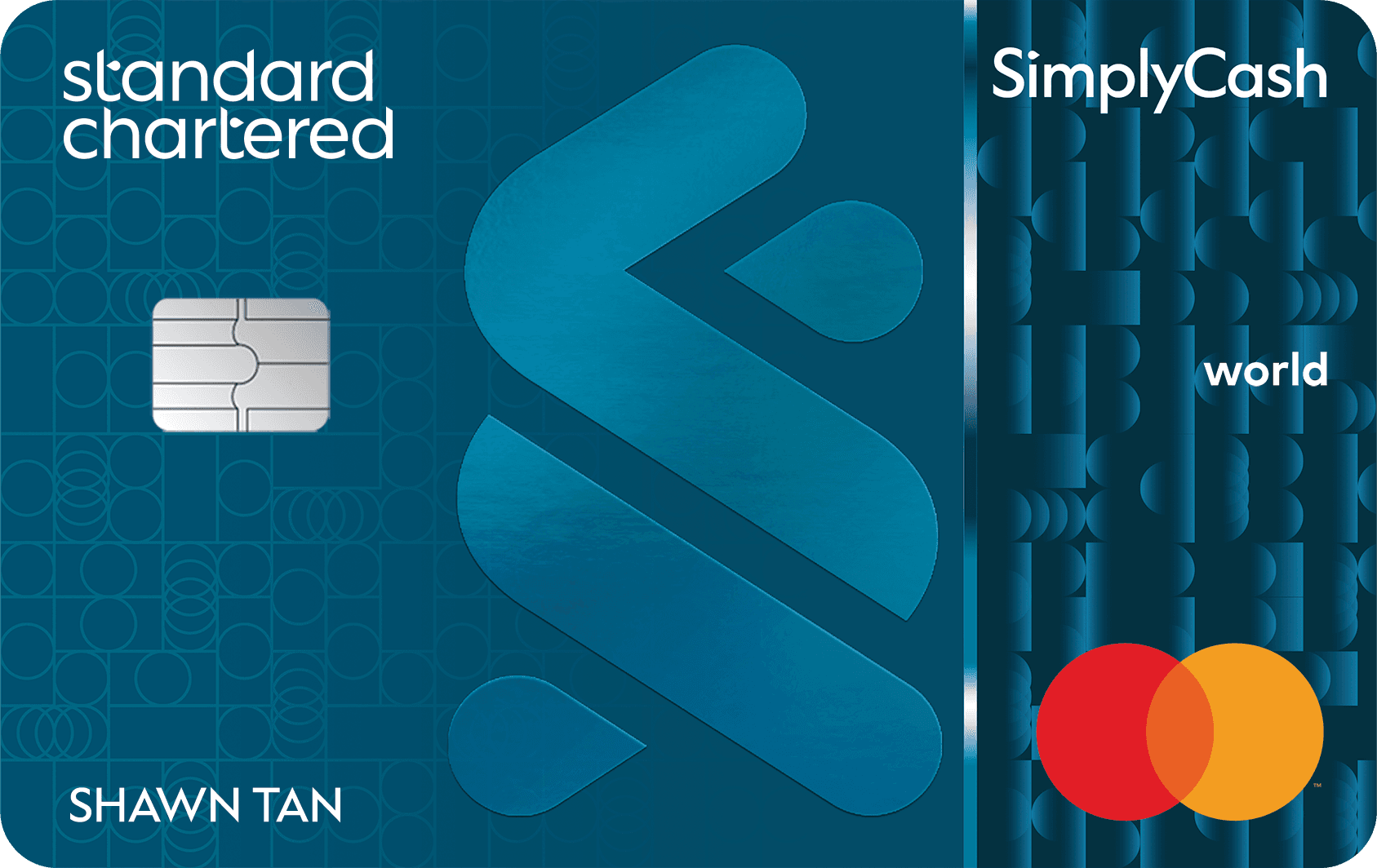How Does Credit Card Interest Work?
Updated: 9 Dec 2025
Learn about credit card interest rates, how they work, how they are calculated, and different types of interest rates you may encounter.
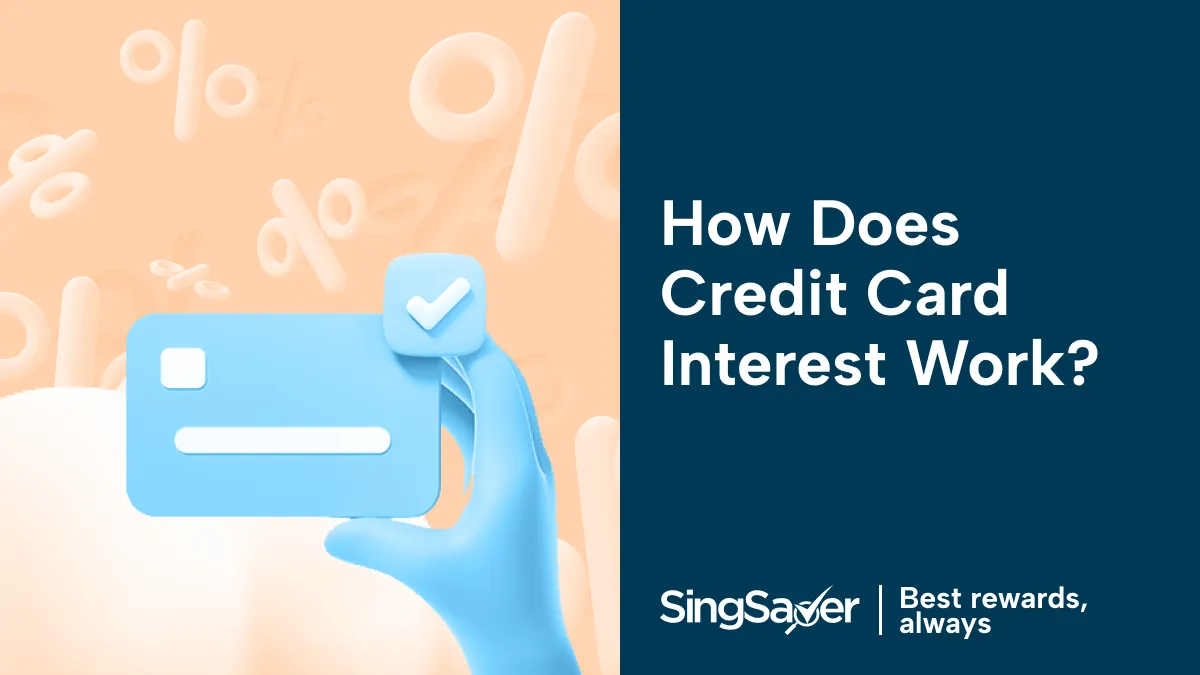
When choosing a credit card, one of the most important pieces of information to pay attention to is the interest rate. Not only do credit cards have higher interest rates compared to other unsecured credit facilities, the way credit card interest rates work significantly impacts how much you have to pay when you incur interest charges.
What’s the typical credit card interest rate in Singapore?
In the following table, we’ve listed the credit card interest rate for some of the most popular credit cards in Singapore. This serves to give you a general idea of the typical credit card interest rate here.
|
Credit card |
Interest rate on purchase (% p.a.) |
Interest rate on cash advance (% p.a.) |
|
Citi PremierMiles Card |
27.9 |
27.9 |
| Standard Chartered Simply Cash |
27.9 |
27.9 |
| HSBC Revolution Credit Card | 26.9 | 28 |
| CIMB Visa Signature Card |
27.8 |
28 |
| Standard Chartered Smart Credit Card | 23.9 |
29.9 |
| Citi Cash Back+ Card | 27.9 | 27.9 |
| HSBC TravelOne Credit Card | 26.9 | 28 |
| UOB PRVI Miles World Master Card | 27.8 | 28.5 |
| American Express Singapore Airlines KrisFlyer Ascend Credit Card | 27.8 | 26.9 |
| DBS Live Fresh Card | 27.8 | 28.5 |
| POSB Everyday Card | 27.8 | 28.5 |
| DBS Altitude Visa Signature Card | 27.8 | 28.5 |
| DCS Ultimate Platinum Mastercard | 27 | 29 |
| OCBC 365 Credit Card | 27.78 | 28.92 |
| Maybank Family & Friends Card | 26.9 | 26.9 |
| UOB One Credit Card | 25.9 |
28 |
As you can see from the 15 credit cards listed above, the typical credit card interest rate is around 25% p.a. to 28% p.a. for purchases.
Note that some card issuers charge a slightly higher interest rate on cash advances. We’ll discuss credit card cash advance in more detail later on.
What affects credit card interest rates in Singapore?
In countries such as the U.S., retail or commercial banks take their lead from interest rates set by central banks. Thus, when central banks raise or lower interest rates to maintain healthy economic growth, credit cards interest rates tend to make corresponding moves.
However, Singapore’s central bank, the Monetary Authority of Singapore, does not control the domestic interest rate, which means there is no guide for retail banks here to set their interest rates for credit cards and other unsecured credit facilities.
So what are credit card interest rates based on in Singapore? When queried, some local banks pointed to “periodic reviews” and being “in line with industry standards”. Given Singapore’s open economy that is heavily reliant on international trade, it’s reasonable to assume that important benchmarks such as the U.S. Fed interest rates are at least a partial factor.
Additionally, given the highly competitive banking sector, banks have a vested interest to ensure an even playing field. This could explain why many credit cards are seen to offer similar interest rates.
Credit card APR – why it matters
It’s important to realise that credit card interest rates could be more than they seem. This is because the interest rate on a credit card is actually the Annual Percentage Rate (APR).
Here’s the key difference. Credit card interest is compounded on a daily basis, which means your debt is building up at a much faster rate than you may realise.
To illustrate, let’s assume a credit card APR of 29%, and a balance of S$1,000 for six months. Here’s the difference in interest charges between APR compounded daily, and annually.
|
APR compounded daily |
APR compounded annually |
|
Using an APR calculator, total interest = S$155.97 (real APR of 29.343%) |
Total interest (29% x S$1,000) divided by 2 = S$145 |
SingSaver’s best 0% APR credit cards
Different types of credit card interest
In the table above, we listed credit card interest rates for purchases, and for cash advances. Yes, this means that credit cards may have more than one APR listed. Here are the different APRs commonly associated with credit card accounts.
APR on purchases
This is the rate applied to card balances arising from retail transactions. Interest is only charged on amounts that are past due.
APR in default
Some bank issuers charge a higher APR on balances outstanding for an extended period. This serves to encourage you to pay off your balance so as to avoid costly interest charges.
APR on cash advance
A cash advance allows you to withdraw your credit limit in cash. The APR on such transactions may incur a higher APR, which is levied on any amount you fail to pay back by the next billing cycle.
In addition, you will also be subject to a cash advance fee of S$15 or 6% to 8% of the amount withdrawn, whichever is higher. All these make credit card cash advances a costly option, and are best avoided.
APR on balance transfer
A balance transfer is a short-term, low-interest loan offered to help you manage your credit card debt.
You can apply for a balance transfer to pay off your card balance on your behalf. You will then be granted an interest-free period over several months to pay off your balance transfer.
APR on balance transfers can be as low as 0%, but that’s only during the interest-free months. Any outstanding balance after the interest-free months have passed will be charged interest at the prevailing rate, which may be equal or higher than your credit card rate.
How to calculate credit card interest?
Here’s a general formula for calculating your credit card interest charges for the month.
- Find out your daily interest rate (APR divided by 365)
- Find out your average daily balance for the month (sum of balance per day divided by number of days in the month)
- Find out your the number of days in your billing cycle
- Multiply the daily interest rate by the current balance and billing cycle days
Assuming 29% APR, average daily balance of S$500, and 25-day billing cycle:
- Daily interest rate (0.29/365) = 0.000079452
- Average daily balance = S$500
- Interest for the month (0.000079452 x 500) x 25 = S$9.93
Now, more mathematically inclined readers may find a discrepancy in this formula – namely, that it did not compound the daily interest. Instead, daily interest was simply multiplied by 25 here.
Yes, this is technically true, and you can overcome this by using an APR calculator for greater accuracy. However, this formula works well enough for general purposes – such as if you were looking to see how much interest you may be at risk of racking up.
Admittedly, given that you can refer to your credit card statement to see how much interest you have incurred (if any) for that billing cycle, there is little reason for the average consumer to calculate their credit card interest on their own.
Also, even if you do find discrepancies between your calculations and the bank’s, there’s likely very little you can do about it, since you’re all but guaranteed to have agreed to default to the bank’s decision on such matters somewhere in the terms and conditions.
How to avoid paying credit card interest?
Yes, credit card interest rates aren’t exactly negligible, and the fact that they are compounded daily means credit card debt can quickly snowball the longer you hold a balance.
Hence it’s important to avoid paying credit card interest as much as possible, by following these two tips.
Pay off your credit card bill in full and on time
The best way to completely avoid credit card interest is to simply pay your credit card bill in full before the due date in your statement. Credit card interest is only charged on amounts that are past due, so paying off your bill before it becomes due will automatically eliminate any credit car charges.
This means paying attention to how much you are spending on your credit card throughout the month. Once you reach your budget, stop charging any more purchases to your card.
Convert your balances to instalment payments
If you need to make a particularly large purchase that you’re unable to pay off fully by the net statement, consider splitting up your balance into several instalments. This will help you avoid costly credit card interest charges while giving you more time to pay off your purchase.
Instalments will be charged to your credit card statement every month, so be sure to pay them off as they come up. Otherwise, outstanding balances will be charged interest at the prevailing credit card APR, putting you back at square one.
Frequently Asked Questions (FAQs)
To completely eliminate interest charges, you will need to pay your credit card bill in full and before the due date.
If you are unable to pay in full, pay as much as you can. This will reduce your outstanding balance, which minimises the interest you have to pay.
